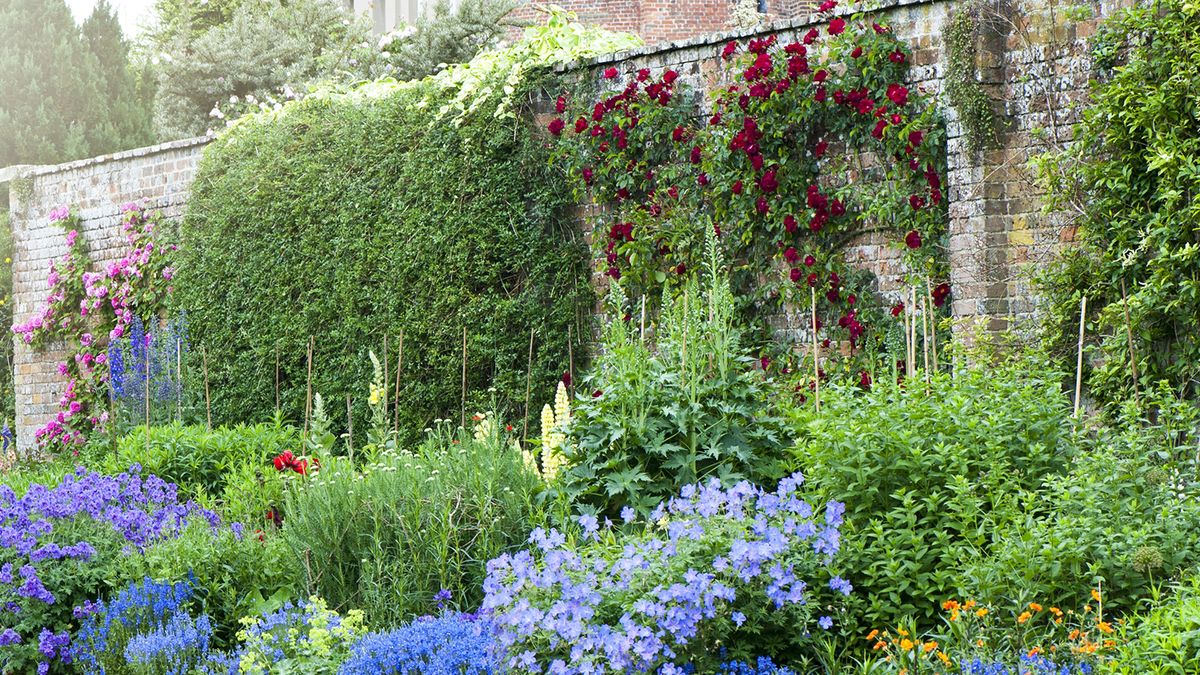Introduction
Designing a garden in a north-facing area can be challenging because these spots receive limited direct sunlight. However, with the right plant choices, north-facing gardens can become lush, vibrant spaces filled with shade-tolerant plants that thrive in cooler, indirect light conditions. This article explores the best plants for north-facing gardens, providing expert insights and practical tips to help your garden flourish despite limited sun exposure.
Why Choose Plants for North Facing Gardens?
North-facing gardens typically receive less than three hours of direct sunlight daily, often resulting in cooler soil and lower evaporation rates. These conditions favor shade-loving plants that require less light and moisture retention. Selecting plants suited for these conditions ensures healthy growth, vibrant foliage, and flowering without the stress of sunburn or drought.
Key Characteristics of Plants Suited for North Facing Gardens
- Shade tolerance: Ability to thrive with low light
- Moisture preference: Often prefer cooler, moist soil
- Foliage interest: Many have rich, variegated, or textured leaves to brighten shady spots
Understanding these traits helps gardeners make informed choices that enhance garden aesthetics and plant health.
Top Plants for North Facing Gardens
Choosing plants specifically adapted to low light is essential. Here are some of the best options:
1. Ferns
Ferns are classic shade-loving plants that excel in north-facing gardens. Varieties like Japanese Painted Fern, Maidenhair Fern, and Lady Fern add delicate texture and lush greenery.
- Care tip: Keep soil consistently moist but well-drained.
2. Hostas
Hostas are renowned for their large, decorative leaves available in various shades of green, blue, and variegated patterns.
- Benefits: They tolerate deep shade and can brighten dark corners.
- Tip: Protect from slugs, a common pest.
3. Heuchera (Coral Bells)
Heucheras offer colorful foliage ranging from deep purples to bright lime greens.
- Sunlight: Thrive in partial to full shade.
- Use: Perfect for borders and containers.
4. Astilbe
Astilbe produces feathery, plume-like flowers in shades of pink, white, and red.
- Light needs: Prefers dappled shade.
- Moisture: Requires consistently moist soil.
5. Hydrangeas
Certain hydrangea varieties, such as Hydrangea macrophylla, tolerate north-facing conditions well.
- Highlight: Large, showy blooms brighten shady spots.
- Tip: Ensure well-drained, nutrient-rich soil.
Designing and Caring for a North Facing Garden
Soil Preparation
Shady gardens often have cooler, damper soil that can become compacted. Improve soil health by:
- Adding organic matter like compost
- Ensuring proper drainage
- Mulching to retain moisture and regulate temperature
Watering Practices
North-facing gardens may retain moisture longer, so avoid overwatering. Check soil moisture regularly and water deeply but less frequently.
Enhancing Light and Color
Use plants with variegated or brightly colored foliage to compensate for limited sunlight. Incorporate reflective surfaces such as light-colored garden furniture, stones, or mirrors to increase light exposure.
Regular Maintenance
- Remove fallen leaves to prevent mold
- Prune plants to improve air circulation
- Monitor for pests common in damp shade, like slugs and snails
Expert Tips for Success
- Group plants with similar moisture and light needs to simplify care.
- Use raised beds or containers to improve drainage and soil quality.
- Experiment with shade-tolerant bulbs like snowdrops or bluebells for seasonal interest.
Gardeners from the Royal Horticultural Society recommend starting with hardy, shade-loving perennials and layering with annuals for color variation.
Conclusion
A north-facing garden can be a thriving, beautiful space when planted thoughtfully with shade-tolerant species. Ferns, hostas, heucheras, astilbes, and hydrangeas provide an excellent foundation for these cooler, shaded areas. Combined with proper soil preparation, watering, and maintenance, these plants will bring life and color to your north-facing garden. Embrace the unique conditions of your garden and explore the diverse palette of shade-loving plants to create a serene and vibrant outdoor sanctuary.
